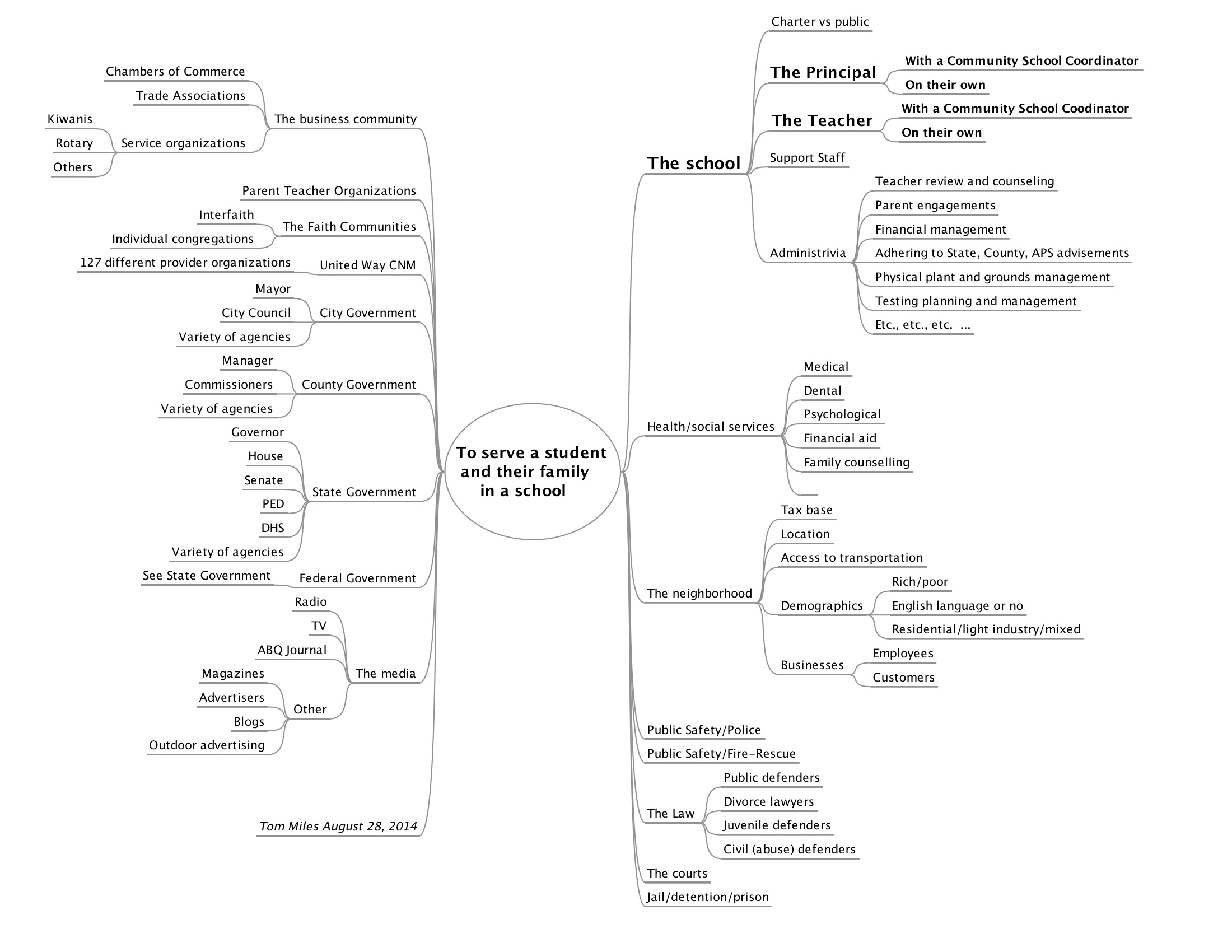So, here are some seditious thoughts about New Mexico (and American) education.
If our objective had been all along to educate ALL children so they could achieve in life, we probably would have done so.
We would have found ways to support underserved children so they would catch up and keep up from the get-go
We would have checked with our children to discover and deliver information they could get interested in that would, again, prepare them to achieve their desires in their lives.
We would have delivered kids to community colleges and universities education-ready – we would have continuously paid attention to any shortfalls that occurred and explored ways to overcome them – on the fly if necessary.
We would use metrics, evaluations, etc., to improve what was being delivered to our children by the educational system – rather than emphasizing how well OUR school/system was doing relative to THEIR school/system for either bragging rights or protection from unions, parents, legislators and politicians.
We would have focused on preparing kids for life rather than trying to prove which new silver bullet (curriculum, text book, administrative re-structuring, legislative/ political posturing…) was working better than the other guy’s new silver bullet.
We would be paying more attention to the kids’ and parents’ needs than to our systems and administrative procedures and educational professional jargon.
As opposed to THIS WAY of societal thinking:
The law says you’ve got to be in school so the principal and teachers have to take care of you whether either they or you like it. So go to school!
It’s important that you have a place where you have to be so your parents can do whatever it is that they do without worrying about where you are or what you are doing.
Besides, most of US don’t have kids around any more, but we still have to keep paying our taxes so people that still have kids have somewhere to send them to keep them off our streets.
Maybe you’ll learn something. Maybe not. It’s up to you. Take it or take it – your choice (?)
And hey, if you don’t learn anything and drop out, no problem. That’s what we pay the police for and why we have some homeless shelters, jails and prisons scattered around.
Seditious Tom

